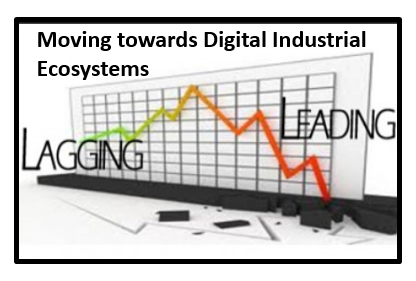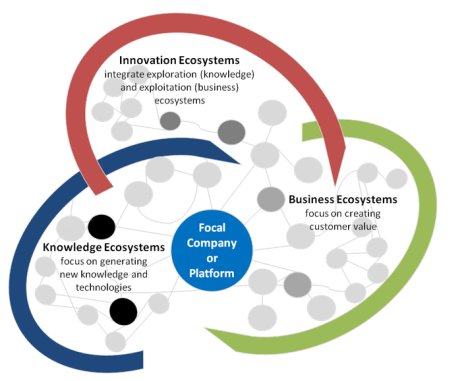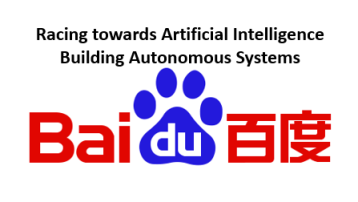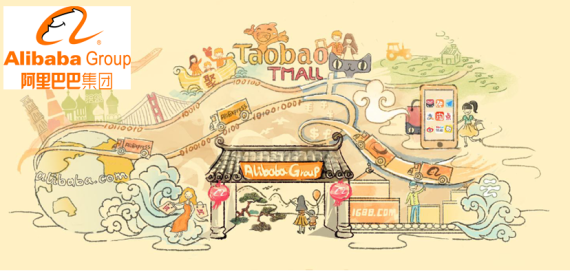 I was trying to capture the Asian dynamism in how they go about Ecosystem designs for their businesses.
I was trying to capture the Asian dynamism in how they go about Ecosystem designs for their businesses.
The critical captures for me are based on three critical aspects to create this dynamism.
Firstly, in the social conditions within Asia and China for especially smart technology-led connected solutions.
Secondly, the ability of the solution provider in having the capabilities to push the boundaries, in regulatory change and technology innovations, and ‘impose’ radically different structures along the complete supply chain and have as their central focus the customer engagement processes, that delivers the solution needed in the quickest possible time, at the most economical and convenient cost, at increasing scale to drive down costs.
Thirdly having that significant engagement at the top of the organizations, in designing, directing and determining the outcomes and injecting the enthusiasm, drive, and passion for change and commitment.
I believe these three aspects are creating more dynamic ecosystem environments in Asia and especially China.
In Asia, it is a far more top-down but highly entrepreneurial mindset for those that have broken through and built real scale and really very big businesses on their platforms with the excellent technology and a sharp-minded approach to connecting up the ecosystem within the design and solutions.
 The platform has become essential for much of our social and direct engagements. The likes of Facebook, Amazon, Airbnb and many others are transforming much of our digital engagement for our social and private needs.
The platform has become essential for much of our social and direct engagements. The likes of Facebook, Amazon, Airbnb and many others are transforming much of our digital engagement for our social and private needs. Business is far from usual, it is transforming in front of our eyes. A business has to simply accept this is a changing world and business ecosystems are coming of age, perhaps adding more complexity but also to help bridge this transformation. The traditional silo mentality, the belief that your industry boundaries are immune to change and new challenges, is a grave mistake.
Business is far from usual, it is transforming in front of our eyes. A business has to simply accept this is a changing world and business ecosystems are coming of age, perhaps adding more complexity but also to help bridge this transformation. The traditional silo mentality, the belief that your industry boundaries are immune to change and new challenges, is a grave mistake.
 There seem to be multiple forces at work, ones that are reshaping how organizations are adjusting to a rapidly changing world, to operate within.
There seem to be multiple forces at work, ones that are reshaping how organizations are adjusting to a rapidly changing world, to operate within. We are told that the company with the most data will win. To get the real edge it is to have and train algorithms that interpret the intelligence and here you need to understand the value of AI (Artificial Intelligence).
We are told that the company with the most data will win. To get the real edge it is to have and train algorithms that interpret the intelligence and here you need to understand the value of AI (Artificial Intelligence). If ever there is one company in my mind that is at the forefront of building ecosystems, platforms and customer engagement, that is the
If ever there is one company in my mind that is at the forefront of building ecosystems, platforms and customer engagement, that is the